Swedish automotive powerhouse has released another beautiful addition to their portfolio. This is the second BST car to be manufactured and it will be limited to only 230 units.
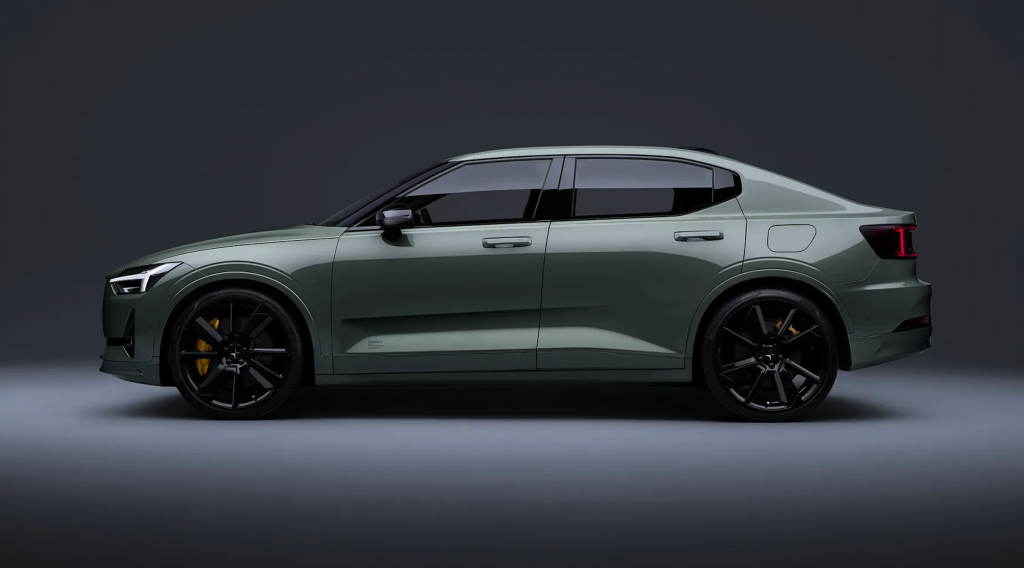
Swedish automotive powerhouse has released another beautiful addition to their portfolio. This is the second BST car to be manufactured and it will be limited to only 230 units.

JM Auto Gallery (Alor Star), an authorised Mitsubishi Motors dealer, has been associated with the brand for 14 years and has been growing with it. Confident of continued growth, the dealership has relocated to a new site in Alor Setar, Kedah, as well as opened a new 3S centre in Langkawi.
(more…)One of the most annoying things to have ever graced modern cars are haptic buttons. In an effort to reduce cost and increase profits, car makers seemingly do not understand that what most people want are easily accessible controls and functions. Buttons are simple and easily accessible but are costly for manufacturers.
Although haptic buttons offer a clean layout and may look visually pleasing to the eyes, it can be on the dangerous side.
There have been cars released recently that do not have a user friendly interface and requires a two step process or more to change simple things like volume/climate control.
So thank goodness then for Hyundai. When Hyundai designs their cars, besides creating gorgeous cars they keep in mind these safety concerns.
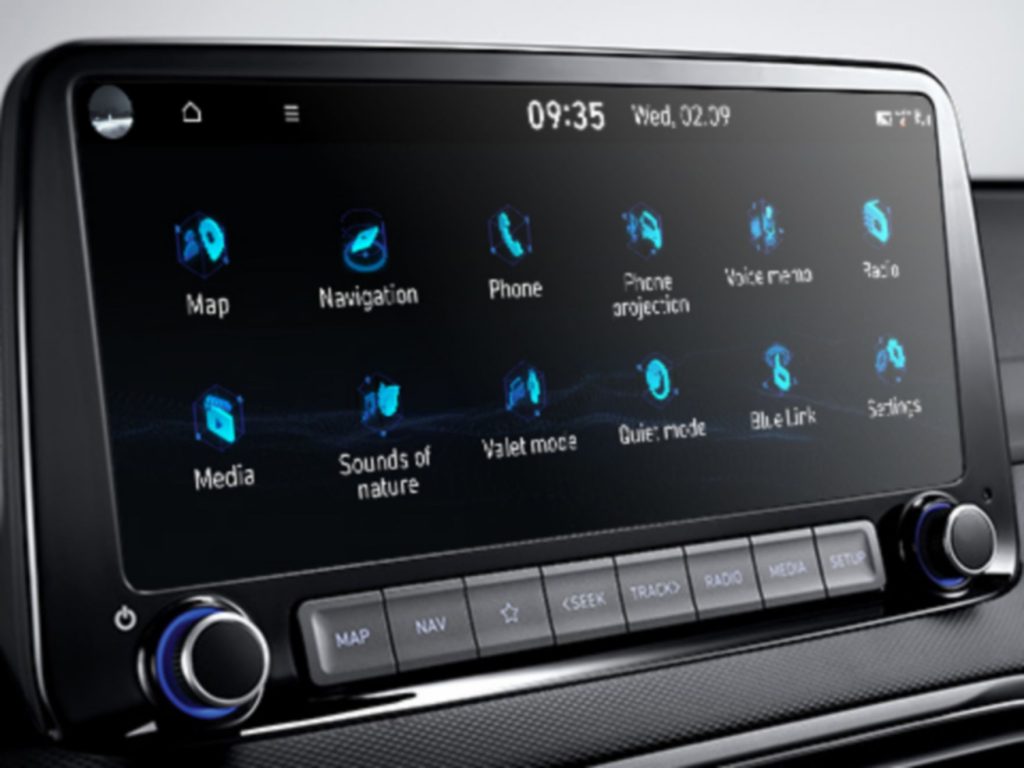
“We have used the physical buttons quite significantly the last few years. For me, the safety-related buttons have to be a hard key,” said Sang Yup Lee, Hyundai’s head of design at the introduction of the new Hyundai Kona.
When you’re driving and it requires you to access menus on a touchscreen, it can be distracting as you have to take your eyes off the road which is why Hyundai had the common sense to keep the buttons and knobs as it is easy to just feel and sense the button that you want.
This is why the Hyundai Kona uses physical buttons and dials for its media controls and HVAC system.
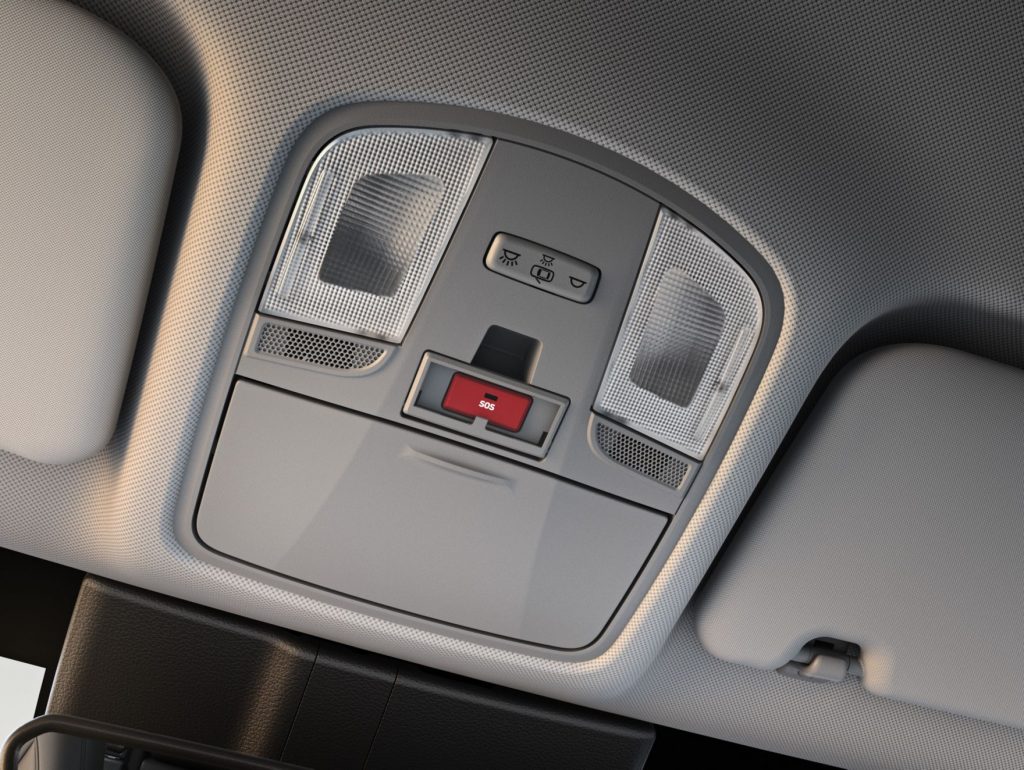
“When it comes to Level 4 autonomous driving, then we’ll have everything soft key,” said Lee. This was him hinting that Hyundai might go heavy on the touch controls when autonomous driving becomes a common thing in the future where drivers would not have to take their eyes off the road.
Carmakers are making the switch to touchscreen control not because they are better but because they are cheaper. It’s slightly more complex when it comes to buttons due to the fact that each button is wired for different usage whereas the touch display is just on one big screen and cheaper to engineer.
With the technology available nowadays, voice recognition/command should be a common feature in all modern cars today to assist drivers with these simple tasks which is one of the features that the Kona has.
It allows you to activate and control features like climate settings, infotainment controls and side mirror heating as well as steering wheel heating via voice command.
We look forward to the return of buttons but know that is a long shot.
BMW has done it again and taken it all a step further with the all-new XM – a perfect combination of BMW M high performance and the innovation of a plug-in hybrid, making it the first ever electrified M high performance drive model.
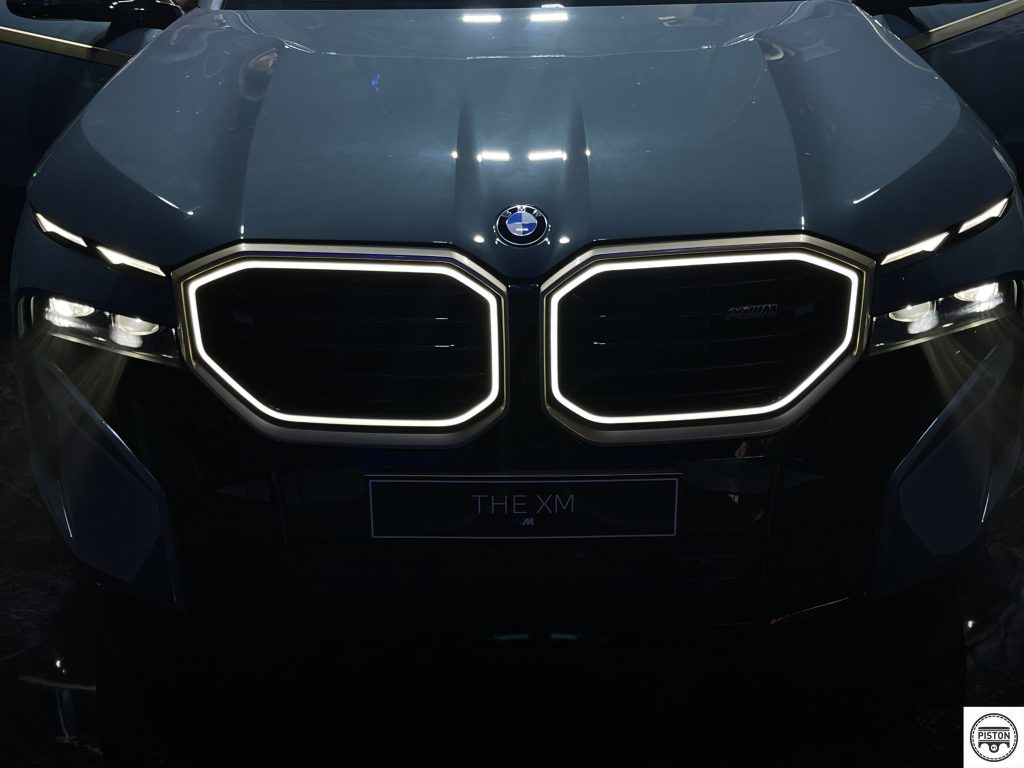
Visually, there are many questions abound but to us it looks stunning. It looks like a muscular family SUV on steroids whose sleek headlights are overshadowed by the dominant kidney grilles.
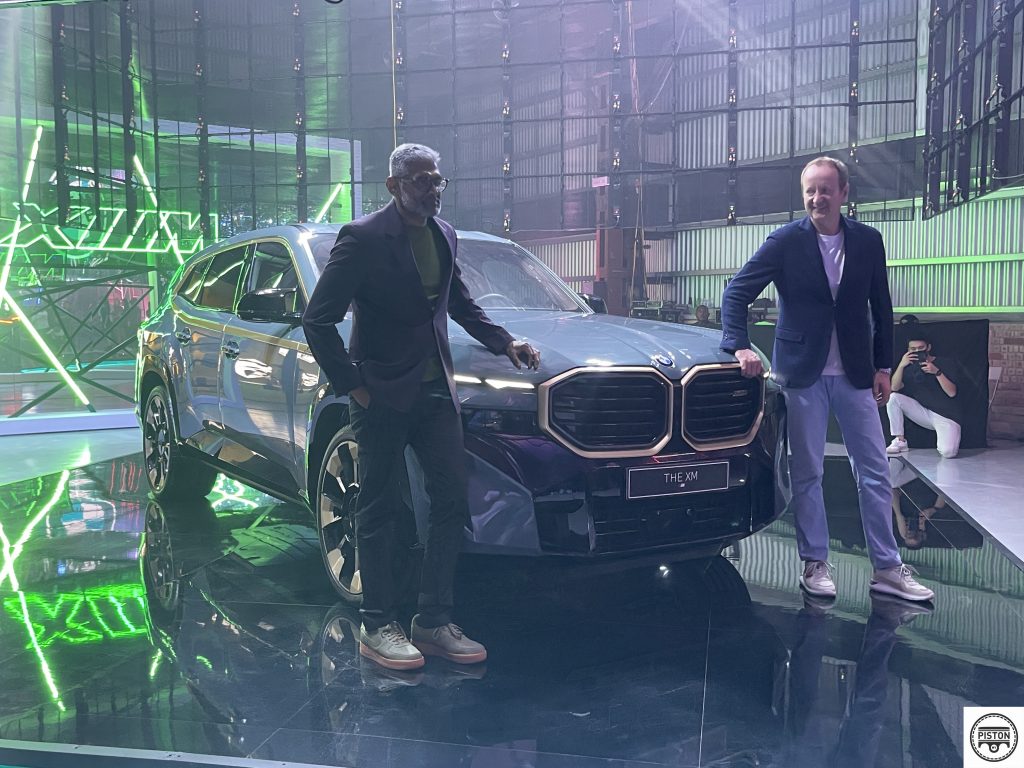
Above it, sits two power domes as elements of what BMW calls an expressively sculpted bonnet.
The side view is what BMW calls a ‘coupe style with powerful proportions and styling highlights.’ According to BMW, both the 23′ light alloy wheels and the accent band make the shaping of the XM unique which creates an exclusive effect especially with the Night Gold colour accent.
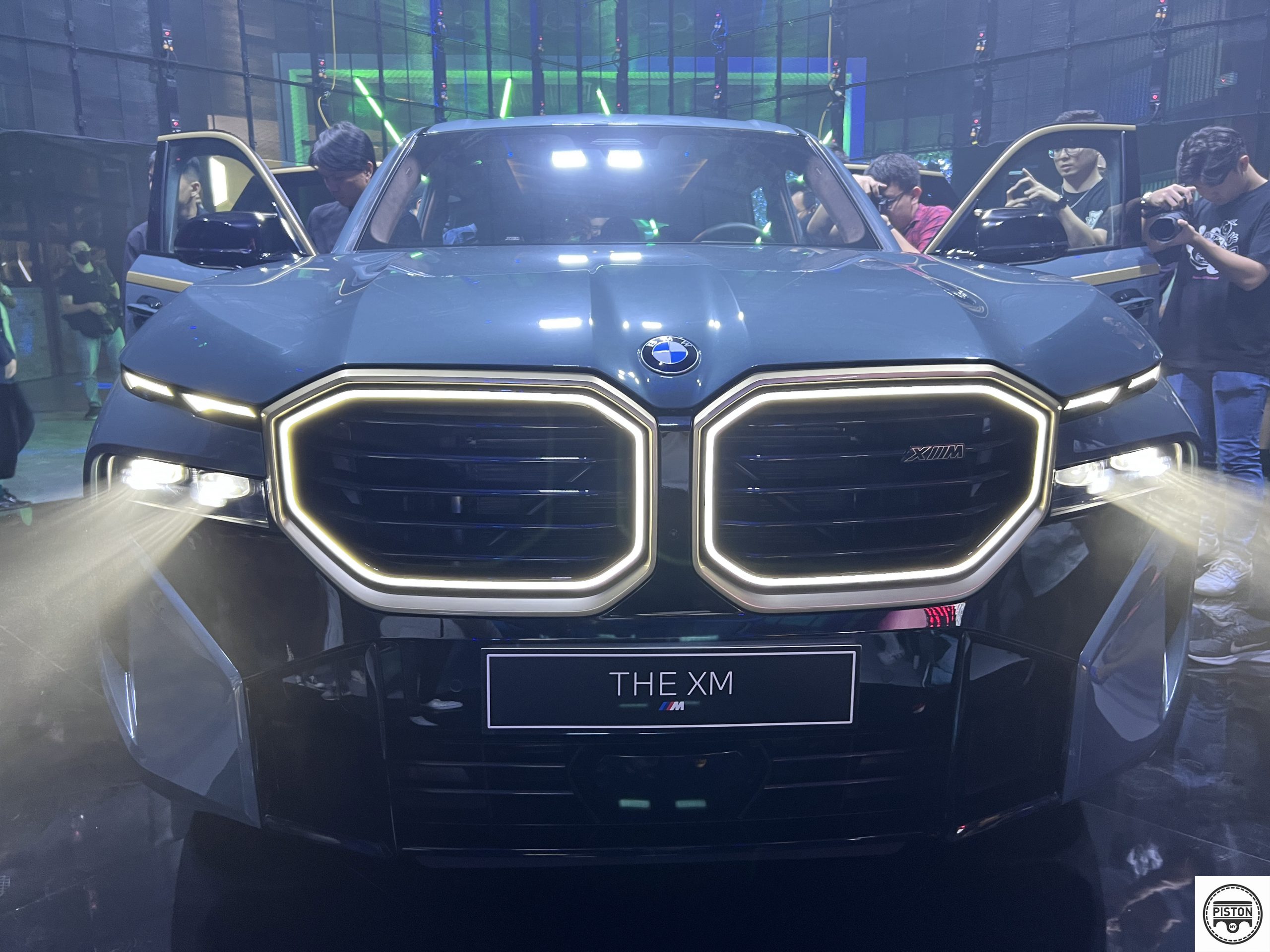
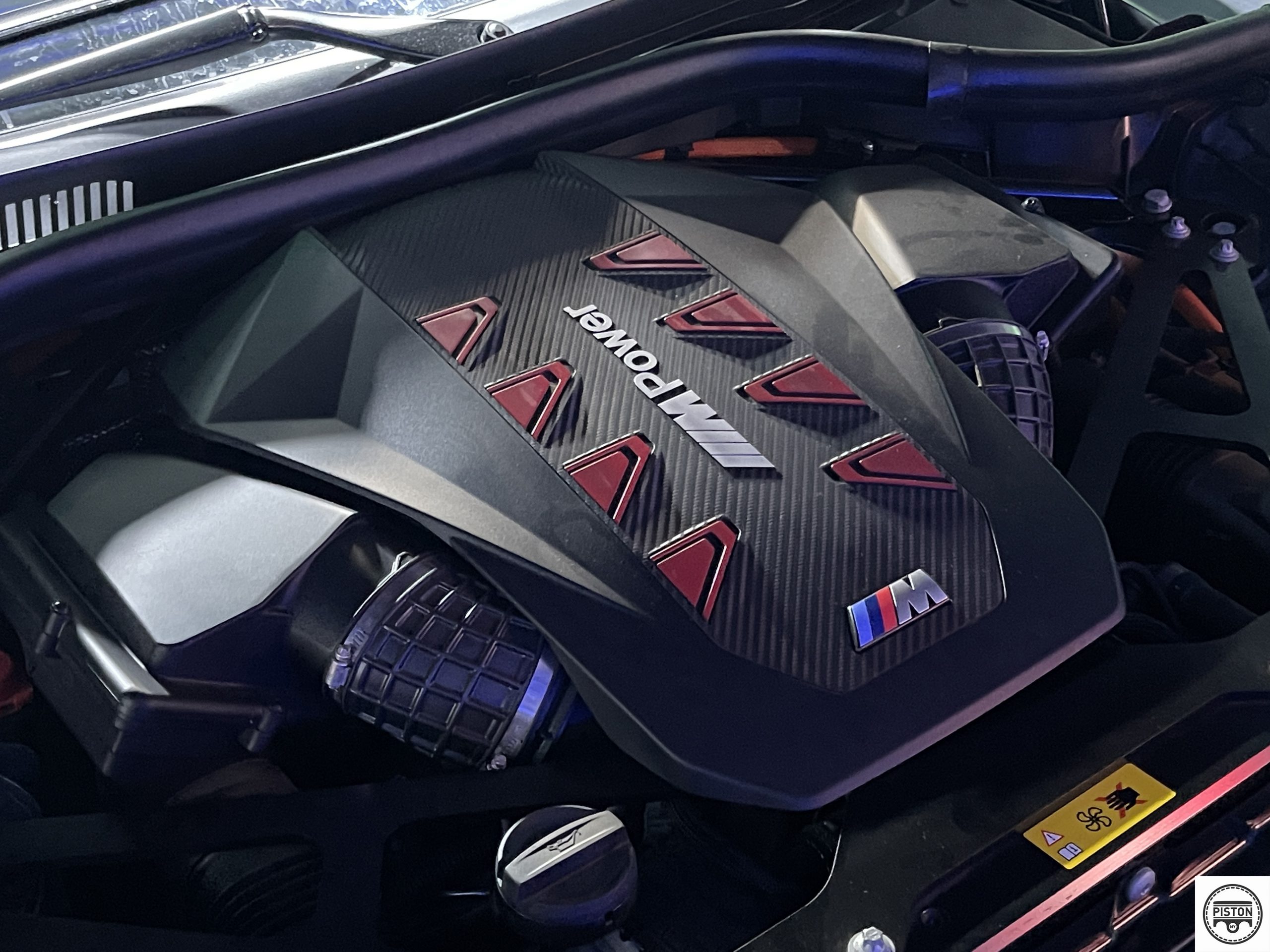
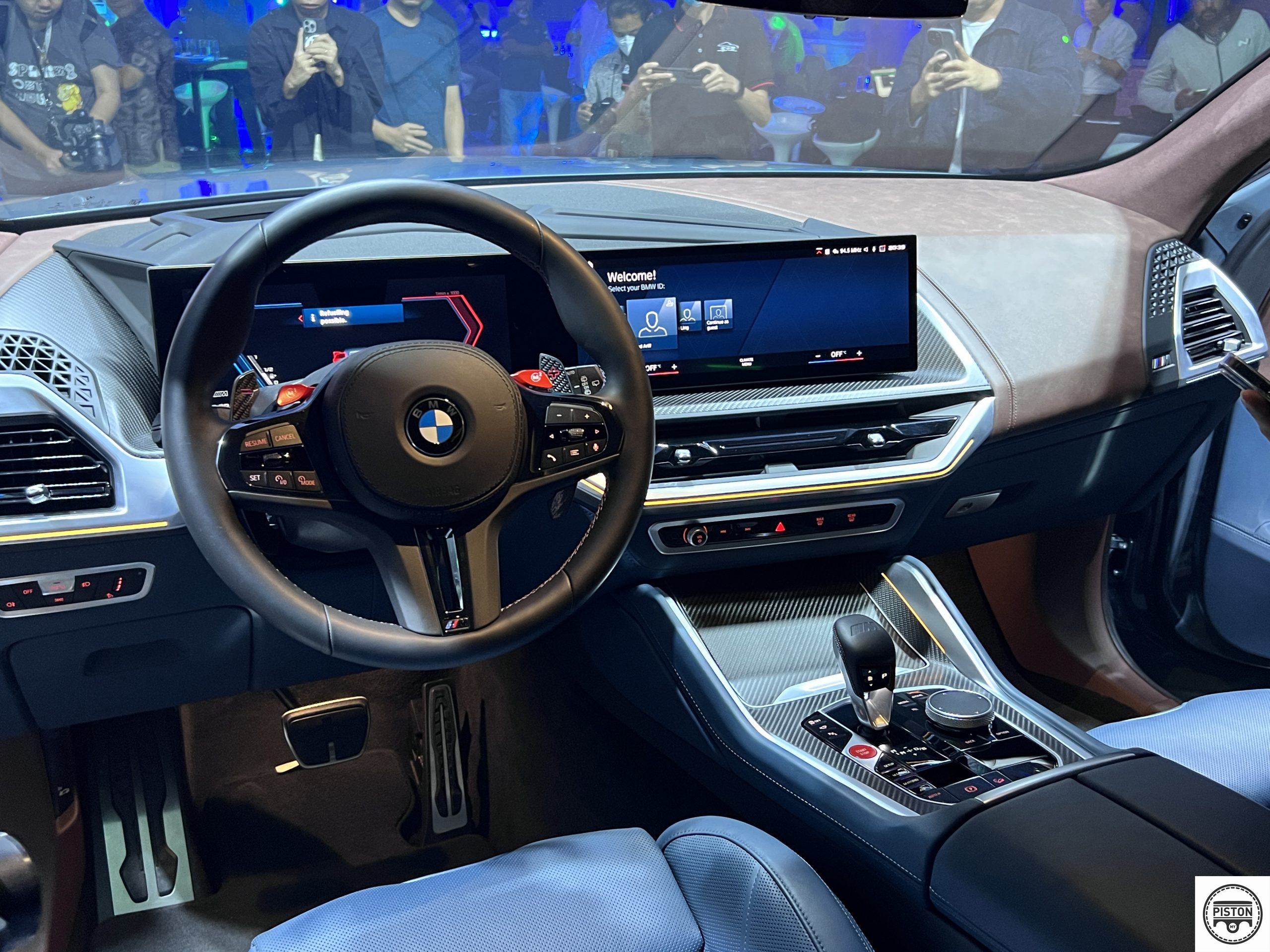
With production of the MINI Clubman likely to be in its final year, the company appears to have decided to commemorate its impending retirement with a Final Edition that will be offered worldwide, but only in a limited number of 1,969 units.
Why such an odd number, you may wonder? The answer is simple – 1969 was the year the original Mini Clubman was introduced and it would be in production for 12 years.
(more…)It wouldn’t be too far fetched to say that empty parking bays in the PJ area are impossible to come by these days. And that is simply due to the fact that there are way more cars now than what the area was originally designed to accommodate.
Thankfully though, Petaling Jaya City Council (MBPJ) has looked into this issue and have taken a step forward into attempting to solve it.
(more…)